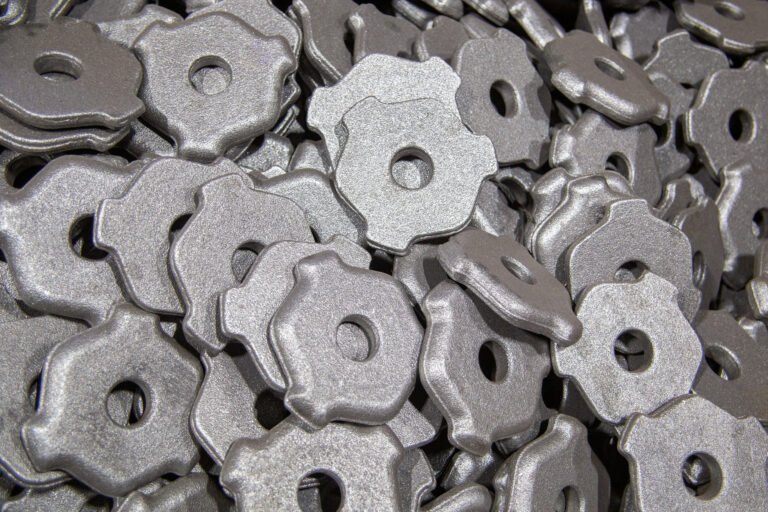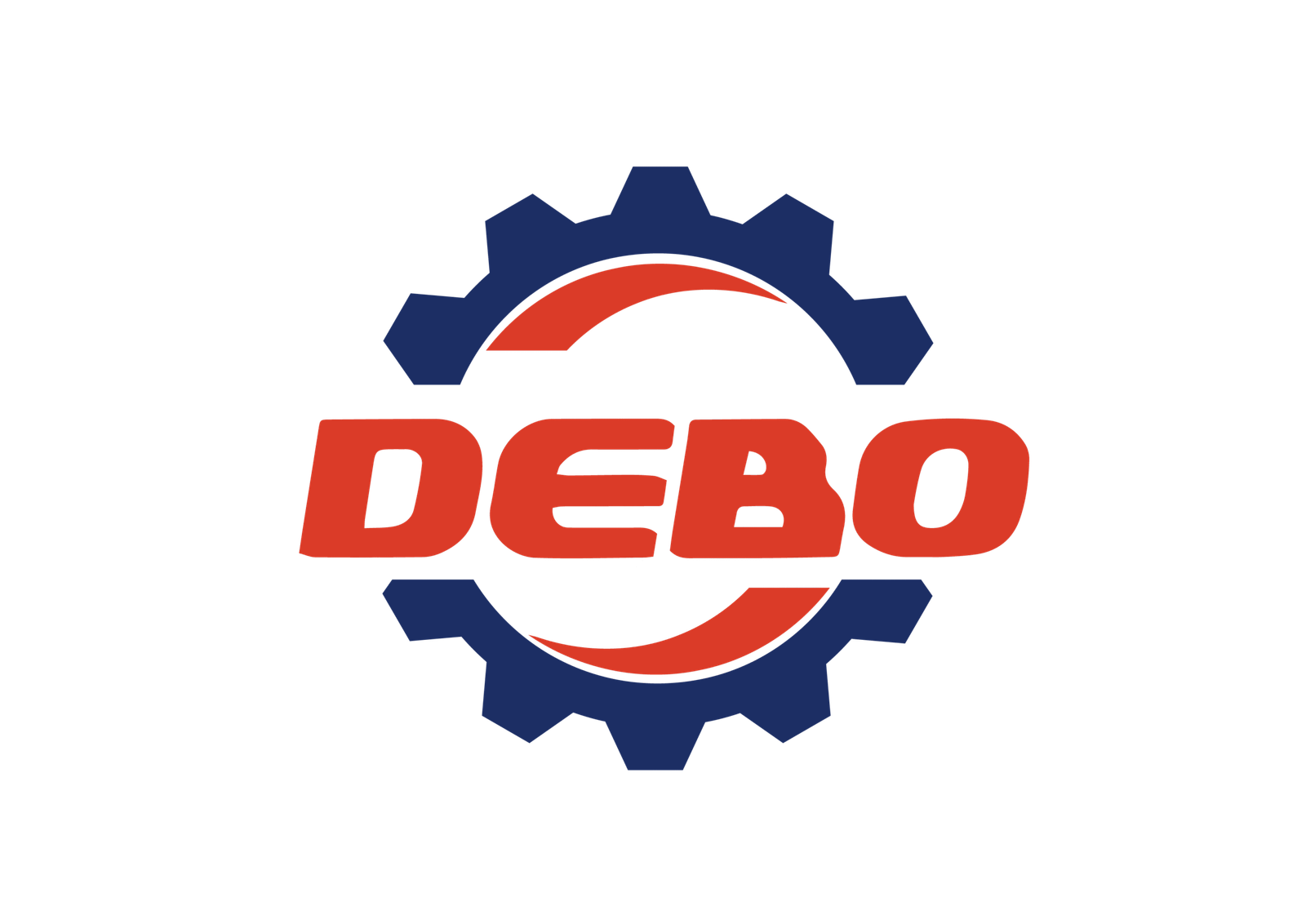In the world of industrial manufacturing and surface treatment, shot blasting is a highly effective and widely used technique. It is primarily applied to clean metal surfaces, remove scale, rust, and other contaminants, and to improve the mechanical performance of components through surface strengthening. From casting and forging to precision machining and structural steel processing, shot blasting plays a critical role in ensuring product quality and surface integrity.
This article provides an in-depth look into the principle, methods, benefits, and application fields of shot blasting, helping customers better understand its value and improving search visibility for companies offering shot blasting services.
Ⅰ. What Is Shot Blasting?
Shot blasting is a surface treatment process in which abrasive media such as steel shot or grit is propelled at high velocity onto the surface of a metal workpiece. This is done using a mechanical blast wheel rather than compressed air (used in sandblasting), making the process faster and more energy-efficient.
The core mechanisms of shot blasting include:
- Impact cleaning: High-speed abrasive particles effectively remove rust, paint, welding slag, casting sand, and other surface contaminants.
- Cold working effect: The impact of steel shot plastically deforms the metal surface, introducing residual compressive stress, which increases fatigue strength and reduces crack propagation.
- Surface texturing: Shot blasting generates a uniform surface roughness that enhances the adhesion of coatings, paints, and other surface treatments.
Ⅱ. Common Methods of Shot Blasting
Different shot blasting machines are used depending on the part shape, production volume, and specific surface treatment requirements. The most common types include:
2.1 Hook-Type Shot Blasting Machine
Ideal for cleaning and strengthening large or complex-shaped parts, such as automotive chassis, machine housings, and industrial castings. Parts are suspended and rotated during the blasting process for complete coverage.
2.2 Tumble (Rubber Belt) Shot Blasting Machine
Best suited for small-to-medium-sized components like fasteners, gears, or stamped parts. The rubber belt continuously tumbles the parts while steel shot is blasted to ensure uniform cleaning.
2.3 Drum-Type Shot Blasting Machine
Typically used for small castings or forgings, this machine rotates a steel drum to expose all surfaces to the blast stream. It offers batch processing capabilities for small parts.
2.4 Pass-Through (Continuous) Shot Blasting Machine
Designed for long and flat materials such as steel plates, beams, pipes, or profiles. It is commonly used in the construction, shipbuilding, and steel structure industries for high-throughput operations.
2.5 Rotary Table Shot Blasting Machine
Used for disc-shaped or flat components, like flanges or round covers. Parts are placed on a rotating table that exposes them evenly to the blast stream—ideal for precision surface treatment.
Ⅲ. Advantages of Shot Blasting
Shot blasting offers a range of technical and operational benefits, making it one of the most reliable methods for surface cleaning and strengthening:
3.1 High Efficiency and Automation
Modern shot blasting machines are designed for automated processing, featuring integrated systems for loading, blasting, abrasive recycling, and dust removal—suitable for high-volume industrial production.
3.2 Superior Surface Cleaning
Shot blasting thoroughly removes oxide layers, scale, welding residue, and surface contaminants. It prepares the metal surface for subsequent processes like painting, coating, or galvanizing.
3.3 Improved Mechanical Properties
By introducing compressive residual stress, shot blasting increases the fatigue strength, wear resistance, and cracking resistance of metal parts—particularly beneficial for high-stress applications.
3.4 Environmentally Friendly
Advanced shot blasting equipment includes dust collection systems and abrasive recyclers, minimizing environmental impact and complying with RoHS, REACH, and international environmental standards.
3.5 Broad Adaptability
Whether working with castings, forgings, structural steel, or precision components, shot blasting offers versatile, customizable solutions for a wide range of industries.
Ⅳ. Applications of Shot Blasting
Shot blasting is a fundamental process in many industrial sectors, particularly where surface preparation, cleaning, or strengthening is required. Common applications include:
4.1 Casting and Forging Industry
Removes sand, scale, and oxidation from cast iron, steel, and aluminum parts to improve surface quality and prepare for machining or coating.
4.2 Steel Structure and Bridge Fabrication
Used for treating steel plates, H-beams, pipes, and profiles prior to painting or galvanizing. Enhances corrosion resistance and coating adhesion.
4.3 Automotive and Rail Industry
Critical parts like engine blocks, brake drums, wheels, axles, and frames undergo shot blasting to remove surface defects and improve fatigue performance.
4.4 Aerospace and Defense
Shot peening is used to treat aircraft components, landing gear, and turbine blades, increasing structural integrity and service life under cyclic loads.
4.5 Fasteners and Metal Hardware
Applies to bolts, nuts, pins, and precision turned parts, removing burrs and enhancing mechanical strength and surface appearance.
4.6 Pipeline and Coating Preparation
Cleans the interior and exterior of oil, gas, and chemical pipelines, improving anti-corrosion coating adhesion and long-term durability.
Ⅴ. Best Practices for Shot Blasting
To ensure quality and consistency in shot blasting, attention must be paid to the following factors:
- Abrasive selection: Choose appropriate media (e.g., steel shot, stainless steel, glass beads) based on the material type and desired surface profile.
- Media size and hardness: These parameters affect the cleaning rate and final roughness.
- Blast angle and speed: Adjust equipment settings to ensure full surface coverage without over-blasting.
- Routine equipment maintenance: Regularly inspect critical components such as blast wheels, separators, and dust collectors.
- Health and safety compliance: Implement proper ventilation, dust control, and operator protection systems to ensure workplace safety.
Ⅵ. Conclusion
Shot blasting is an essential process in modern manufacturing. It ensures optimal surface conditions for painting, coating, and welding, while also improving the mechanical properties of the workpiece. With applications across industries such as automotive, aerospace, shipbuilding, machinery, and construction, shot blasting enhances both product quality and long-term durability.
For manufacturers serving international markets, integrating shot blasting into the production line not only improves surface finish but also meets global quality and environmental standards—making products more competitive worldwide.


